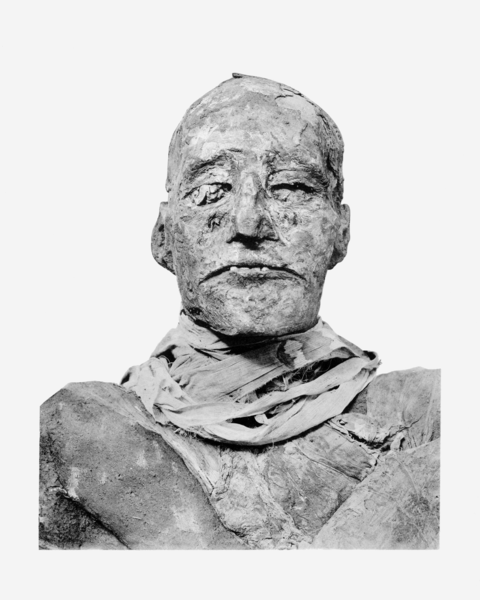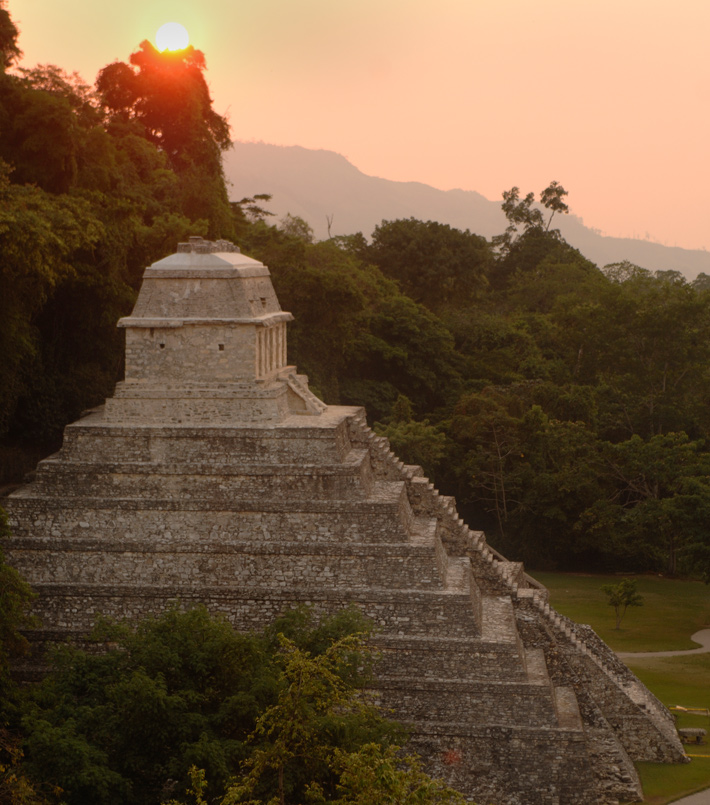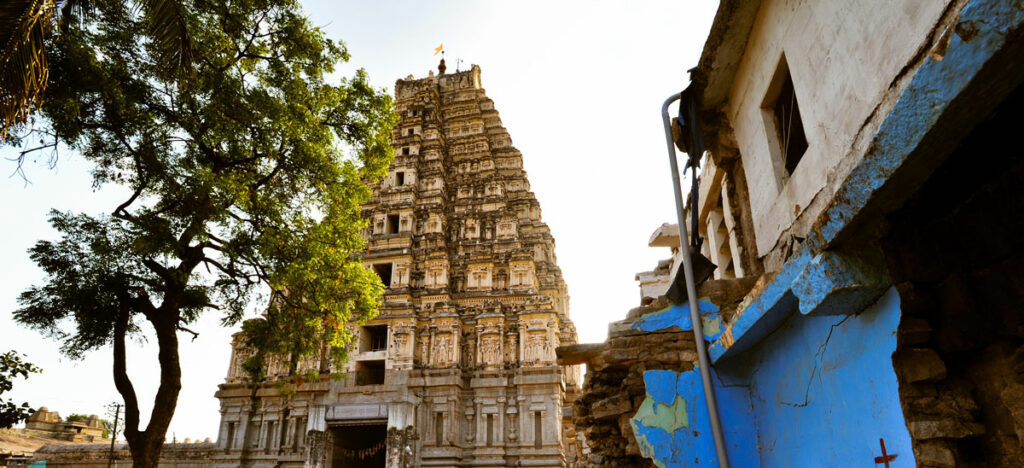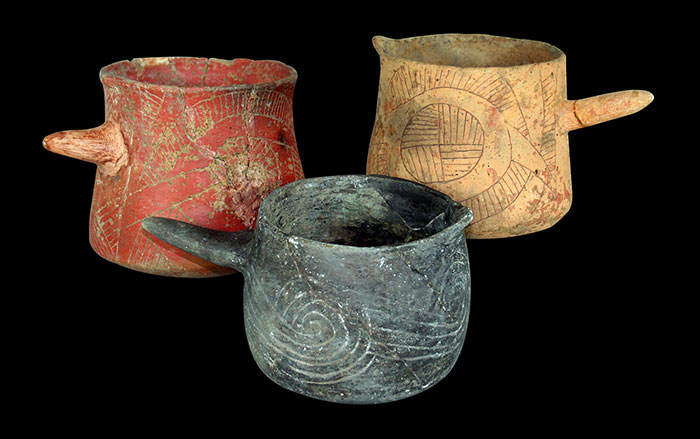
CAIRO, EGYPT—Forensic analysis of the Egyptian mummy of Ramesses III by scientists from the Institute for Mummies and the Iceman suggests that he was murdered. CT scans revealed a deep cut in the pharaoh’s neck that had been covered for millennia with bandages. “People had examined his body before and had done radiographs but they didn’t notice any trauma. They did not have access to the CT scans that we do. We were very surprised by what we found. We cannot be sure that the cut killed him, but we think it did,” said paleopathologist Albert Zink. Ancient documents record that Ramesses III was killed by members of his harem as part of a palace coup involving his son, Prince Pentawere. Additional tests on an unusual, unidentified mummy from a royal tomb near the Valley of the Kings indicate that it could be the remains of the pharaoh’s convicted son.










